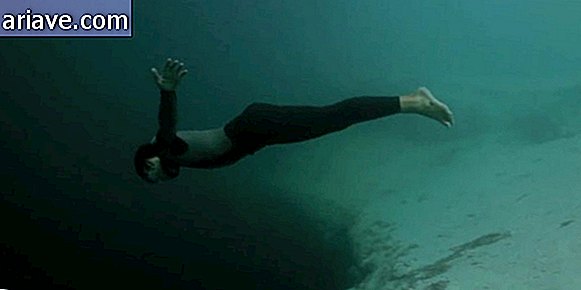Japanese space mission fails to collect debris in Earth's atmosphere
The debris scattered in the earth's atmosphere, generated by ourselves, has great potential to become a threat in the future. Therefore, there is a worldwide commitment to try to remove or at least decrease them. One of the recent missions, led by the Japanese, even tried one of the possible solutions but failed.
Late last year, the Japan Aerospace eXploration Agency (JAXA) launched the unmanned Kounotori 6 spacecraft to deliver supplies to the International Space Station (ISS) and test technology to remove our dirt.
There are about 500, 000 pieces of debris in size ranging from a marble to a tennis ball in low earth orbit.
Kounotori 6 intended to extend a 700-meter-high metal cable designed to slow the movement of space debris and bring it back to Earth by electromagnetic force. However, there was a problem with the release of the instrument and the technicians could not resolve it in time. Two weeks ago JAXA also suffered a defeat during the shipment of the SS-520-4 rocket.
Check below a simulation of the Japanese project:
What are these cosmic debris?
NASA estimates that there are approximately 500, 000 pieces of debris that range in size from a marble to a tennis ball in low Earth orbit. This was all created by the structures left behind in rocket launches and the like. There are everything from screws, paint chips, pieces of metal, finally a wide variety of space junk - including curious items, such as the capsule that took the ashes of Star Trek creator Gene Rodenberry to frozen urine.

This all makes the surroundings of our planet a place, let's say at least dangerous. These things can move up to an incredible 27, 000 km / h and our atmosphere has about 780 satellites outside the ISS. It is not hard to imagine that one hour some collision could happen, including involving future manned missions.
But what are they doing then?
Yeah, everybody knows the high risks about the huge amount of space debris over our heads, which is why there is this joint effort around the world to find solutions about it.
Several ideas are under development, such as removal with powerful lasers, use of a giant buoy that could drag debris with magnetism, the Japanese experiment that failed, among others. Today, satellites and ISS use thrusters to deflect objects with high destructive potential.

The Orientals promise to try the same procedure again soon, the UK plans to use a harpooned net system next year, and the European Space Agency (ESA) is also working on a tangle for capture, scheduled for launch in 2023. .
Via TecMundo.











